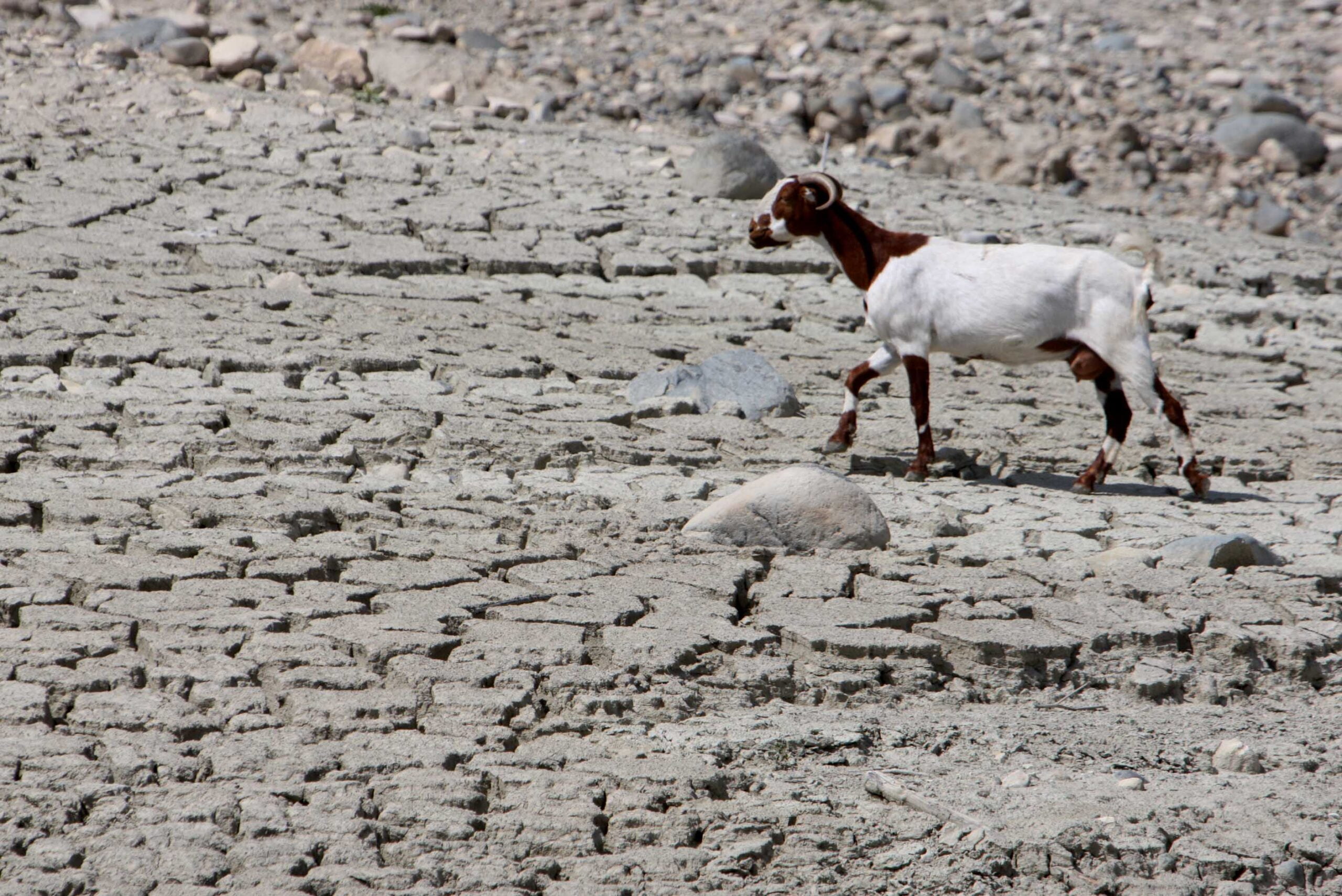Weather Extremes Fail to Replenish Cyprus Reservoirs
In a surprising turn of events, despite experiencing a series of extreme weather phenomena in February, Cyprus has reported that rainfall for the month was only 48 per cent of the average for the time of year. Official data indicates that temperatures were also unusually high, averaging 2.1 degrees Celsius above the norm.
From October 2023 to February 2024, the total rainfall measured approximately 280.4mm, which is merely 75 per cent of what is typically expected. This shortfall has led to a significant deficit in reservoir inflow, with only 20 million cubic metres of rain being collected, falling short of the desired levels. The Water Development Department has revealed that reservoirs are currently at a worrying 47 per cent capacity, a stark contrast to the 69 per cent recorded at the same time last year.
Reservoir levels vary across the island, with Kouris Dam at 40.8 per cent and Kalavasos at a concerning 30.3 per cent. Others like Lefkara, Asprokremmos, and Evretou are faring slightly better but still not at optimal levels. Yiannis Economidou, a senior engineer, expressed concerns over the low inflow this winter and emphasized the ongoing efforts to optimally allocate water resources for essential needs.
Economidou reassured that water cuts are unlikely this summer, although agriculture will face limitations on water usage. Measures are being promoted to encourage farmers to adopt improved irrigation practices and make full use of reclaimed water.
The public is also being urged to practice water consciousness. Despite sunny days in February, the island faced erratic weather including torrential rain, hail, and snow in the mountains. A tornado struck Yermasoyia on February 14, causing extensive damage to properties and the electricity network. The aftermath saw power outages and temporary homelessness for some families due to the destruction of approximately 150 properties.
Other regions like Nicosia experienced flooding and power cuts, while torrential rains later in the month affected various areas, causing traffic disruptions. Despite these weather challenges, daytime temperatures remained mild, with most weather stations recording highs between 16C and 17C on several days in February.






